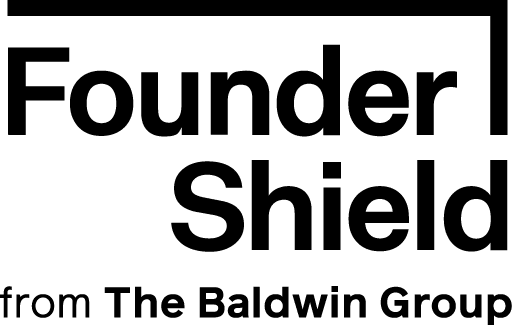Key Takeaways
The word “audit” is just the worst, isn’t it? Most people immediately think of the IRS and federal employees digging through your finances. But an insurance audit is a different process and it’s a whole lot less intimidating than an IRS audit.
Our hope is that, by the end of this, you understand what an insurance audit is, why carriers need to perform them and how you can prepare so you’re not caught off guard.
What is an insurance audit?
Conducting an insurance audit serves as the carrier’s method for assessing the extent of risk they assumed throughout the preceding year. Considering the potential shifts within your company during the entire duration of your policy, it becomes pivotal in effectively handling risk.
Several factors determine the premium carriers charge for general liability (GL) and workers comp insurance. Some of the most important of those factors are certain projections that you self-report to the carrier: sales and payroll. They take you on your word that these figures are accurate…for a little while, at least.
Sales
Most GL policies are priced using sales as the primary “rating factor.” The carrier asks you about your projected revenue over the next 12 months during the application process and then issues the policy based on that application.
Payroll
Workers Comp (and in rare cases GL) is priced using payroll numbers. Of course the riskiness of the job employees are performing is crucial, but that riskiness is represented as a “class modifier” that is multiplied by…you guessed it…the total payroll for those employees.
So what happens if your projections are off? That’s where the audit comes in.
If you anticipate $X in sales and $Y in payroll, and then those numbers double over the next year because business is booming, the carrier was taking on more risk during that year than what you paid for.
So, the carrier conducts an audit. They ask you what your actual numbers were in the prior year and then, using the same rate that you were given at the beginning of the year, they charge you the difference between what you paid and what the premium really should’ve been.
That is why, on these policies, you’ll see the price listed as “estimated premium” or “advance premium.” It’s the best estimate of what the policy costs. The real price is determined once the policy period is over.
What’s the timeline of an insurance audit?
Let’s use workers comp as an example:
- You fill out an application that lists the number of employees, their roles and how much payroll is allocated to each role.
- Your broker gives that application to several carriers, negotiates, collects quotes and presents them to you.
- You pick a quote and pay the estimated premium. The policy is now bound!
- A year goes by and the policy expires.
- Within about 3 months (usually sooner), the carrier sends you a letter that includes an “audit worksheet”
- You fill out the worksheet with your actual payroll over the prior year. Let’s say it was 10% higher than projected.
- The carrier reviews and then issues an endorsement, amending the policy and charging additional premium.
- If you agree with the audit results, you pay the additional premium and you’re ready to move on to next year!
- If you feel that a mistake/misunderstanding occurred, you contest the audit and your broker pushes the carrier to recalculate. In rare instances, carriers will conduct on-site audits. No need to worry! This is usually a short meeting where the carrier’s agent takes a look at the operation and double-checks the numbers with you.
Here’s an example:
A helmet company employs two types of workers: clerical and testers. The clerical employees send emails and crunch numbers. The testers have a more unique job in that they are responsible for determining how effective the helmets are. Tester Joe is in the “falling from ladders” department while Tester Susan is in the “watch out, sledgehammer incoming” department.
What do they pay for insurance?
General Liability: helmet companies are high-risk. Products liability is of particular concern.
For every $1,000 of revenue the company makes, the carrier charges $15 in premium — a very high class modifier.
The projected revenue is $5,000,000
So, the estimated premium listed on the GL quote works out to $75,000.
Workers Comp:
The total employee payroll is projected at $2,000,000 and that is split down the middle between clerical employees and testers.
Clerical employees are assigned a “class modifier” of $0.20 for every $100 of payroll.
The chance of a tester getting hurt is substantially higher than that of a clerical employee, so the carrier assigns testers a class modifier of $1.00 per $100 of payroll.
So, the estimated premium listed on the quote works out to $12,000. That’s $2,000 in premium for clerical employees and $10,000 in premium for testers.
Fast forward 12 months
It turns out everyone and their mother wanted a helmet this year. Also, oddly enough, throwing employees from great heights and inflicting blunt force trauma led to some injuries, so they needed to hire temporary replacements for Testers Joe and Susan in addition to the new hires needed to keep up with the influx of orders.
The helmet company ended the year with $10,000,000 in revenue, so the carrier charges an additional $75,000 in GL premium. Next year, their broker will negotiate a lower rate in light of the increased sales.
Clerical employees and testers ended up earning about $1,250,000 each. The additional premium due works out to $500 for the clerical employees and $2,500 for the testers, a total of $3,000
(They’d probably also have to find a new workers comp carrier after all of those claims, but that’s a story for another blog post)
One-way vs two-way
Something may have caught your attention by now…it seems like we’re only talking about situations where you owe the carrier more money. What about when your sales are lower than projected or a round of layoffs reduces your payroll substantially?
That’s why it’s important to pay attention to whether a policy is one-way auditable or two-way auditable. Policies that are two-way auditable are preferable since the carrier will actually give you premium back if the true exposure (i.e. payroll or sales) was lower than projected.
Other terms you’ll see on the Declarations Page of these policies is “minimum earned premium” or “minimum deposit premium.” Take careful note of these as well since they’ll also play a role in determining audit premium.
Does every policy get audited?
Nope! The policy needs to specifically state that the premium is auditable. GL and Workers Comp are usually auditable. D&O and EPL insurance are not.
Sometimes carriers will have the option to audit and choose not to. But don’t count on this. Especially with new policies, young companies or high-risk operations, an audit is almost guaranteed.
What about independent contractors?
This is where things get a little tricky. This is a changing landscape. Stay tuned! We’ll be covering this issue in more detail in an upcoming post.











